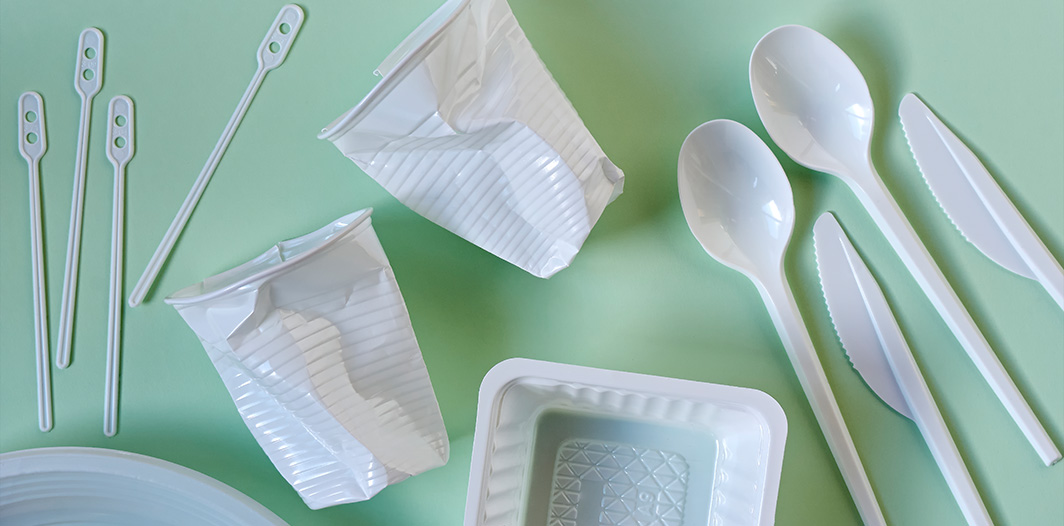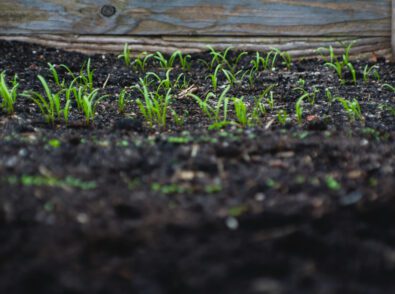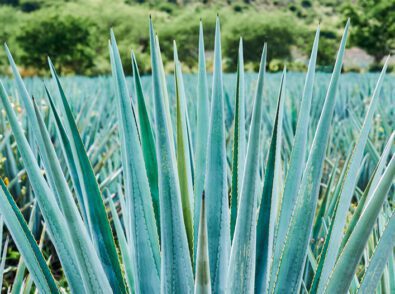How to Choose the Right Disposable Cutlery for Foodservice

Disposable cutlery is convenient and hygienic. The utensils are designed to be used once and then thrown away. This concept eliminates the need for washing and storage, so it is commonly used for takeout, food delivery, quick-service restaurants, and cafeterias. Disposable cutlery can be made from various materials, so there are many things to consider when choosing the best kind for your business and consumers.
Manufacturing and resource consumption have long-term impacts on the planet. When you choose renewable plant-based products, you contribute toward a positive environmental impact. Greenprint develops high-quality, eco-friendly cutlery products that follow worldwide composting and recycling regulations.
Key Factors to Consider When Choosing Disposable Cutlery
There are many types of disposable cutlery for your consumers to eat from. It must be practical to use and safe for food contact. To determine the right kind of flatware, consider the material makeup, its intended use, and any environmental drawbacks.
Material
Disposable flatware can be made of plastic, PLA, agave, wood, bamboo, and other materials. These materials may require some or no oil-based plastic components. We encourage you to consider whether the material of choice comes from a renewable resource.
Traditional plastic utensils are suitable for lightweight tasks but are flimsy and less sustainable than alternative cutlery made of strong, renewable materials. Eco-friendly utensils provide the convenience of plastic silverware but reduce your environmental footprint.
Intended Use
Using disposable utensils is practical for foodservice companies. Consider the temperature and density of the food. Compostable bioplastics and wood are durable enough to handle hot and cold foods, and they won’t melt when encountering heat or bend against hard-textured food. While lightweight plastic is an option for cold foods, avoid heating plastic because it can cause chemicals to leach into the food.
Prior to use, store the utensils somewhere clean and dry to prevent contamination and bacteria growth. Keep them sealed until they are needed.
Environmental Considerations
Due to the throwaway nature of disposable cutlery, it is not meant to be used repeatedly. Biodegradable, compostable, and recyclable alternatives have risen in popularity to combat the environmental impact of disposable cutlery and single-use plastic waste. Using them can enhance your brand’s reputation, especially among environmentally aware consumers.
Find specific information on the product label or manufacturer’s website to discover the correct disposal method for your chosen flatware. Eco-friendly alternatives fit into at least one of the following end-of-life disposal classifications:
- Biodegradable: Organic and inorganic materials that are broken down processes within one year.
- Compostable: Organic materials that disintegrate within 12 weeks and then turn into compost in 180 days.
- Recyclable: Discarded resources, such as metal, plastic, and paper, that can be repurposed into new materials at a recycling facility.
Types of Disposable Silverware
If you want to use disposable forks, spoons, and knives, there are many types of flatware materials to choose from. Below, we break down popular options and their primary considerations.
Plastic Utensils
Disposable plastic cutlery is typically made of polypropylene (PP) or polystyrene (PS). Although plastic is commonly used for cutlery and other consumer products in everyday life, it has harmful environmental impacts. It requires fossil fuels for production, which are nonrenewable resources that contribute to climate change and greenhouse gas emissions. When plastic comes into contact with food, notably hot food, there is a risk of microplastics and chemical leaching.
Not all forms of plastic can be recycled. Plastic waste resists degradation in landfills and cannot be incinerated due to its toxic chemicals. Many states are implementing plastic bans to reduce pollution and landfill waste. These bans focus on single-use plastic bags, bottles, straws, and utensils.
PLA Utensils
Polylactic acid (PLA) offers advantages over regular plastic. It is a bioplastic derived from organic matter, such as cornstarch, sugarcane, and cassava. Manufacturing PLA products releases 80% less carbon emissions than manufacturing regular plastic. When correctly disposed of, it can be composted through industrial composting programs.
Proper PLA utensil disposal can be inaccessible. Not all bioplastics are biodegradable, and there currently aren’t waste infrastructures that handle PLA recycling. This restriction means disposable PLA flatware must be disposed of at an industrial composting facility. Despite the best intentions, PLA can still pollute the earth and oceans.
Agave Utensils
Agave is a plant native to arid American environments. Its fibers are strong and versatile for various applications, such as disposables, brushes, and paper pulp. Agave-based disposable silverware is made from verified recycled plastics and FSC-certified plant fibers that hold up well in hot and cold temperatures.
While it is not intended for composting, agave-based cutlery only takes up to three years to degrade in a landfill. It can be safely thrown away with other waste products without negatively impacting the environment.
Disposable Wooden Utensils
The birch wood used to create disposable wooden utensils is sourced sustainably to avoid fueling deforestation. It is cut and sanded into the desired fork, spoon, and knife shapes. They are sturdy, gentle on cookware, and suitable for many foods, making them one of the best biodegradable cutlery options.
This disposable flatware doesn’t require fossil fuels and naturally decomposes much faster than plastic. Although composting is the ideal end-of-life method, wood will eventually decompose in a landfill.
Disposable Bamboo Utensils
Naturally sourced, biodegradable bamboo forks, spoons, and knives are another plastic-free choice. Like wood, bamboo is cut and sanded into utensil shapes, which requires zero plastic components. Bamboo flatware is suitable for hot and cold dishes and is one of the cleanest materials for cutlery because bamboo is naturally antibacterial.
These eco-friendly utensils take one to six months to fully decompose at a composting facility, freeing up space in overcrowded landfills.
Other Eco-Friendly Disposable Utensils
Go green with your foodservice disposable silverware. Along with the options described above, you can find even more bioplastic utensils made from sugarcane, plant starch, cornstarch, and other natural materials. These are typically biodegradable and compostable. Always check the packaging label for information about the material and how to correctly dispose of it.
Tips for Buying Disposable Cutlery in Bulk
There are many avenues to purchase disposable flatware for your foodservice business or event. Consider the following tips as you select the best disposable silverware:
- Consider the ideal material and durability to suit your intended usage.
- Know how to sustainably dispose of the used utensils, such as composting.
- Determine how many utensils you need to avoid under- or over-ordering.
- Find a vendor that complies with U.S. environmental standards, such as Biodegradable Products Institute (BPI) certification.
- Some companies give discounts and offers on bulk orders.
Choose the Best Disposable Cutlery for Foodservice
When choosing the right disposable cutlery for foodservice, consider what the various types of utensils are made of and what will happen to them after use. Single-use plastic is notorious for polluting the environment and never fully breaking down in landfills. Many eco-friendly options, such as agave and wooden silverware, have become popular alternatives in the foodservice industry. When utensils are better for the planet, they tend to also be safer for consumers.
Greenprint specializes in plant-based cutlery and implementing a sustainable circular economy, which includes locally sourcing raw materials and using zero-waste packaging for all our products. Explore our biodegradable, plant-based products and collections of sustainable solutions for everyday use.




